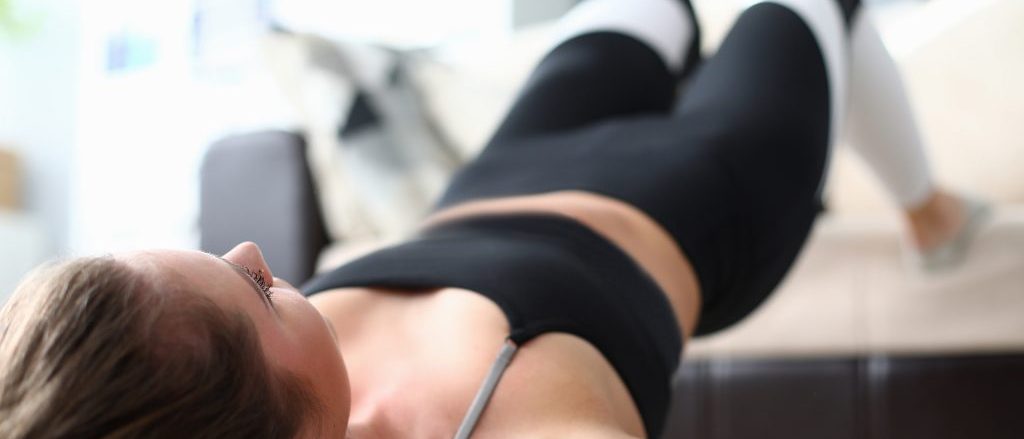Due to the guidelines for Covid-19, exercising at home is the best way for you to keep active, and avoid putting yourself and others at risk of catching and spreading the virus.
Exercising at home can be fun, effective and, most importantly, safe providing some simple health and safety tips are followed. Below are our top ten health and safety tips on exercise at home:
- Ensure your home exercise space is clear
This means you need to forward plan what sort of exercises you will be doing, and ensure you have a space big enough that is clear of any slip, trip and fall hazards such as toys, pets, rugs, children, furniture etc.
- Ensure your home exercise environment is right for you
This means the temperature should be not too cold, but also you ideally don’t want the heating to be on whilst you are exercising as you may feel too warm. The recommended temperature for exercising indoors is 20-22.2 degrees Centigrade or 68-72 degrees Fahrenheit. Also check that the lighting is not too dark or too bright, and there isn’t any kind of glare in your eyes from the television, or from the sun outside
- Wear loose comfortable clothing
Don’t wear anything too restrictive as that is likely to make the exercises uncomfortable to do and might mean that you can’t complete the exercise to the full range of movement required.
- Keep hydrated
You can lose around one and a half litres of fluid for every hour of exercise; so drink water before, during and after a session.
- Be aware of your body
Have at least one recovery day each week to rest. Mild soreness over one to two days is normal but acute bone or joint pain that does not subside with time means you are doing something wrong. Also make sure you have had any medication that you might normally take.
- Go at your own intensity
To realise the health benefits of physical activity it is recommended to exercise at a moderate or vigorous intensity. However, if this intensity is too hard for you, remember to start off at a lower intensity which feels right for you and progress gradually. Remember that some exercise is always better than no exercise!
- Warm up before, and cool down afterwards
A warm up takes place before the main exercise session starts and should be for a minimum of five minutes and should include light intensity cardio exercise such as marching on the spot to gradually increase your heart rate as well as some mobility exercises to get you ready for your workout ahead. A cool down takes place at the end of a session and should be where the exercise intensity gradually decreases to help your heart rate come down to its normal range and is then followed by static stretches to maintain flexibility and reduce sore muscles and joints the next day.
- Be careful what you watch online
Whilst there is a lot of great video content available online, unfortunately there is also some content which shows incorrect technique and instructions which may lead to you having a poor workout, and worse, injuring yourself .
- Make sure your equipment is safe to use
If you are using any equipment such as resistance bands, dumbbells or an exercise ball make sure you have ordered it from an approved fitness equipment provider, and it appears to be in good working condition. Always read any instructions before you begin.
- Check your technique and follow the teaching points
If you aren’t sure about whether you are using the right technique try and do the exercise in front of a mirror, or ask someone to watch you whilst you do it.
All participants take part in home exercise at their own risk. Whilst following these tips will help to reduce the risk of an adverse incident, if you are unsure about anything or feel any unusual pain during exercise please contact us on 0333 005 0095. We offer free sessions with a health trainer to help you reach your health goals – these are currently being run over telephone or digitally.


